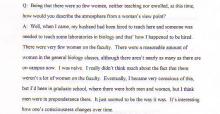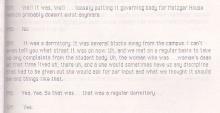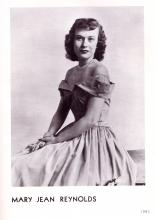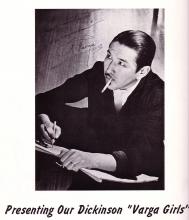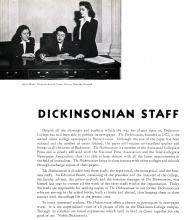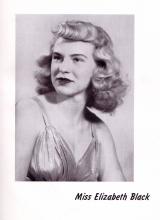Female Professor: An Active Advocate of "Academic Freedom and Tenure"
Biology Professor Barbara McDonald, who began to work in Dickinson during the Fall of 1956, in her interview reiterated that she was a member of the AAUP as well as an active member of the reppraisal committee. The American Association of University Professors who upholds academic freedom and tenure for College or University professors, played a pivotal role in the "Le Vallee Affair" during the Spring of 1956.


